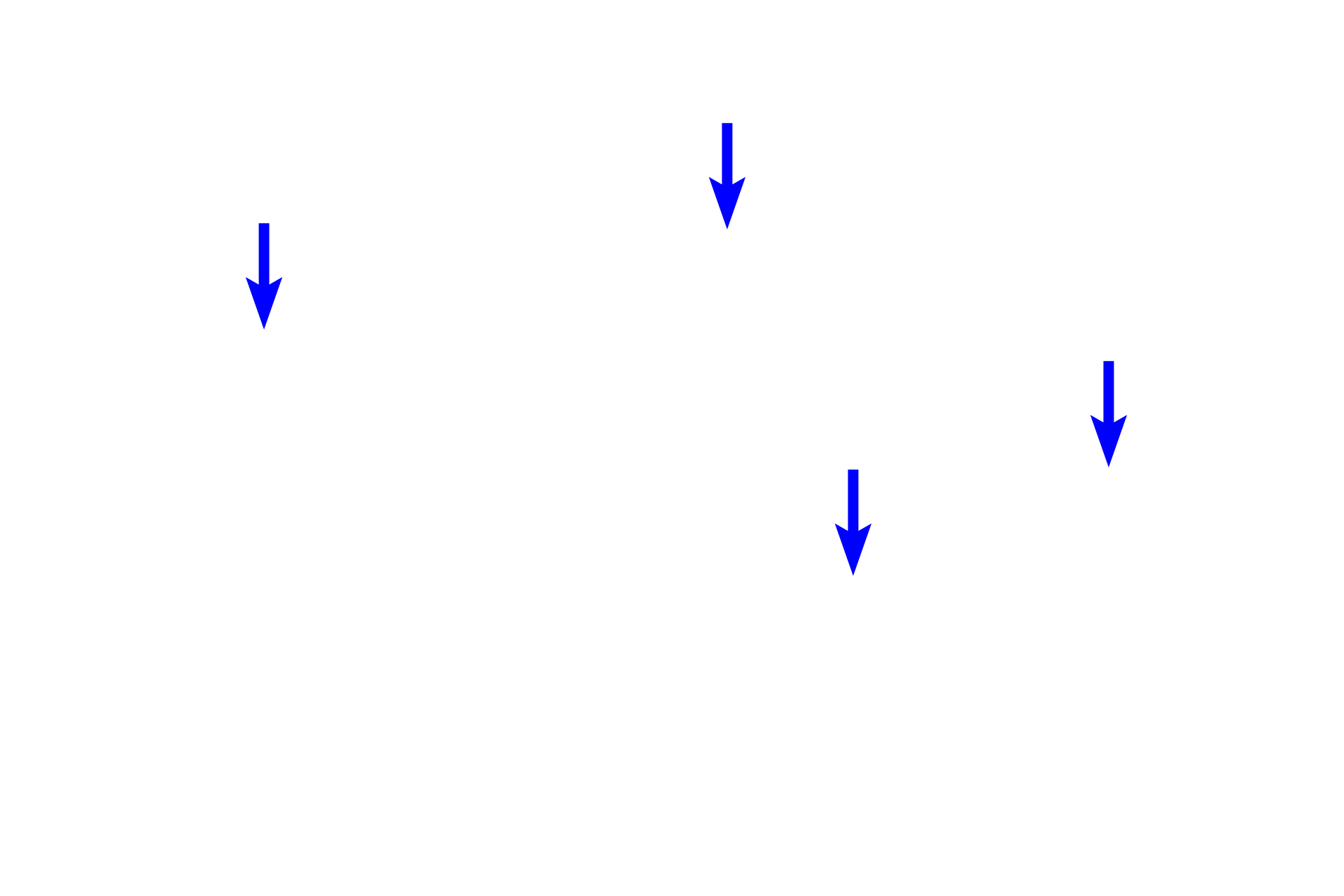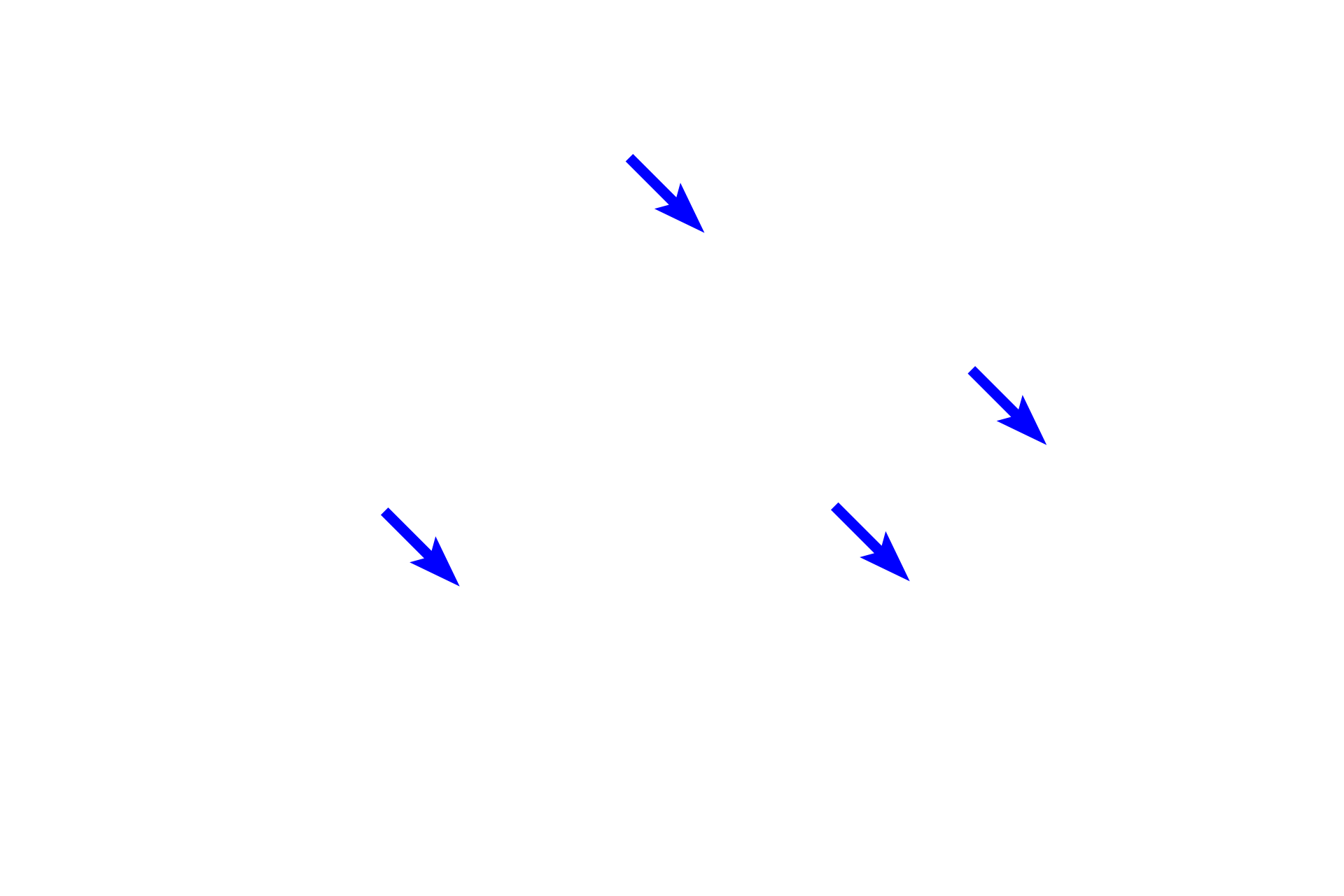
Parotid gland
The paired parotid glands are compound acinar glands and, thus, contribute only serous products to saliva. Because of the presence of acini, the parotids have abundant striated ducts and the most intercalated ducts of the salivary glands. The parotid lies anterior to the ear, and its main duct empties into the vestibule opposite the upper second molar tooth. 10x

Lobules
The paired parotid glands are compound acinar glands and, thus, contribute only serous products to saliva. Because of the presence of acini, the parotids have abundant striated ducts and the most intercalated ducts of the salivary glands. The parotid lies anterior to the ear, and its main duct empties into the vestibule opposite the upper second molar tooth. 10x

Intralobular ducts
The paired parotid glands are compound acinar glands and, thus, contribute only serous products to saliva. Because of the presence of acini, the parotids have abundant striated ducts and the most intercalated ducts of the salivary glands. The parotid lies anterior to the ear, and its main duct empties into the vestibule opposite the upper second molar tooth. 10x

Interlobular ducts
The paired parotid glands are compound acinar glands and, thus, contribute only serous products to saliva. Because of the presence of acini, the parotids have abundant striated ducts and the most intercalated ducts of the salivary glands. The parotid lies anterior to the ear, and its main duct empties into the vestibule opposite the upper second molar tooth. 10x

Interlobular connective tissue
The paired parotid glands are compound acinar glands and, thus, contribute only serous products to saliva. Because of the presence of acini, the parotids have abundant striated ducts and the most intercalated ducts of the salivary glands. The parotid lies anterior to the ear, and its main duct empties into the vestibule opposite the upper second molar tooth. 10x